折扣爆料
折扣好货实时更新
银锭是熔铸成锭的白银。目前出土银锭中年代最早的,是汉景帝中元二年 (公元前148年) 所铸。汉武帝元狩四年 (公元前119年) 作白金 (即白银) 三品。王莽铸有银货二品。其后历代皆有铸造,惟流通不广。隋唐以前称银锭为“银饼”、“银铤”,称扁平形银币为“钣”、“笏”、“版”,棒形的称“铤”、“挺”,宋以后改称“银锭”。元代于银锭之外总称“元宝”,形式变为马蹄形,故亦称“马蹄银”。明清两代均沿用“元宝”一词。
清代银锭
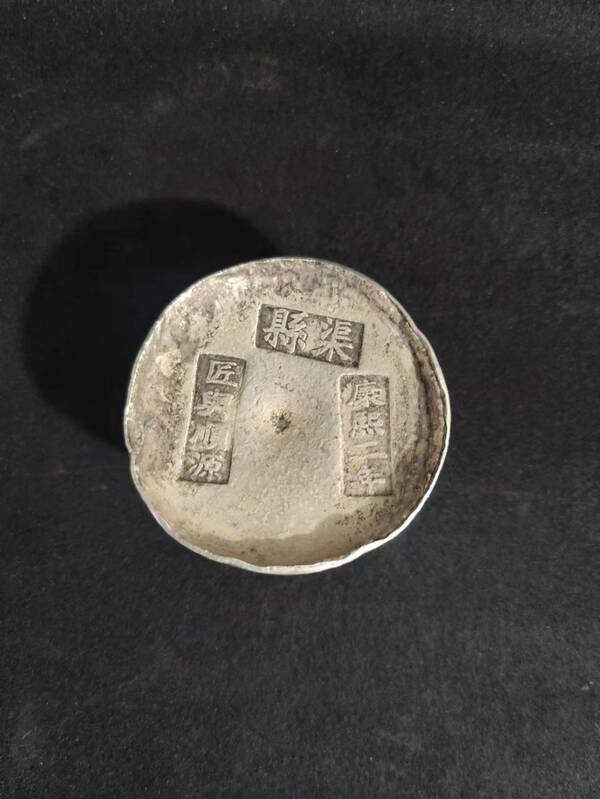
据公开资料显示,中国历史上真正流通的“银元宝”即银锭,是古代货币的一种,由于其重量不同、并以“两”为主要计量单位,故又称银两。银两始于汉,盛行于明清时期,唐,宋,金时期是以银铤为古代的流通货币,因为样子像猪的肾脏,百姓们俗称猪腰银,银锭子是在明代才开始实行使用,造形花样百出。
上图是一枚清代银元宝,总体为圆形,银锭面下凹,宝气光亮,锭面中心有一个小凹坑;表面钤有3枚长条阳文印记:“康熙二年”、“渠县”、“匠兴顺源”。蜂窝口小洞大、深浅不一。成色足,制作也更精美;外表具有银的特殊光泽和温润感。
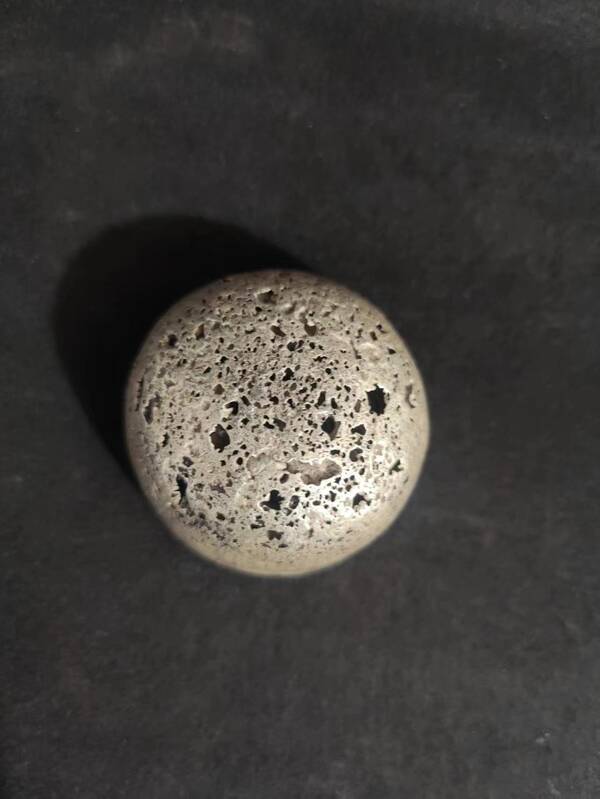
氧化蜂窝孔:此银锭底部有明显的氧化蜂窝孔,呈现大小不一的凹痕,这是由于银锭是由不同金属合金制成,其中的锡元素在极低的温度下会变成粉末,这就造成了与银锭中的银元素渐渐产生了分离,也就有了这枚氧化蜂窝孔的现象,不过锡要在零下13.2摄氏度,才会产生反应,有了这些痕迹无疑是开门的老银锭,不用怀疑真假,目前还无法仿制这大小不一的蜂窝孔。
古代的银锭大致分为官铸和私铸,官铸的是税银,管理非常严格,成品银锭上要注明哪个地方铸造的、铸造年份、工匠名字等。老银锭由于在使用或埋入土中,受人们触摸、氧化等损伤,银锭已自然生成了一层银锈和包浆,这种银锈和包浆的颜色大多为灰色或灰褐色,色泽温润,具有极高的收藏价值。
红山文化玉龙是新石器时代岫玉,呈勾曲形,口闭吻长,鼻端前突,上翘起棱,端面截平,有并排两个鼻孔,颈上有长毛,尾部尖收而上卷,形体酷似甲骨文中的“龙”字。
红山玉龙的具体用途尚有待进一步探讨,可能是祭祀用的礼器。龙体背正中有一小穿孔,经试验,若穿绳悬起,龙骨尾恰在同一水平线上,显然,孔的位置是经过精密计算的。考虑到玉龙形体硕大,且造型特殊,因而它不只是一般的饰件,而很可能是同我国原始宗教崇拜密切相关的礼制用具。
红山文化玉猪龙
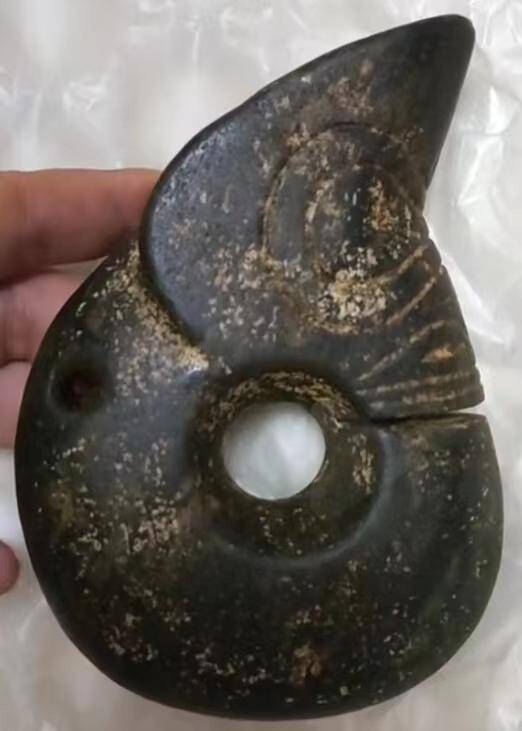
玉龙为河磨玉,体卷曲,平面形状如一“C”字,龙体横截面为椭圆形。龙首较短小,吻前伸,略上噘,嘴紧闭,鼻端截平,端面近椭圆形,以对称的两个圆洞作为鼻孔。龙眼突起呈棱形,前面圆而起棱,眼尾细长上翘。颈背有一长鬣,弯曲上卷,占龙体三分之一以上。鬣扁薄,并磨出不显著的浅凹槽,边缘打磨锐利。龙身大部光素无纹,只在额及鄂底刻以细密的方格网状纹,网格突起作规整的小菱形。玉龙以一整块玉料圆雕而成,细部还运用了浮雕、浅浮雕等手法,通体琢磨,较为光洁,玉龙的重心位置有一孔,用绳吊起首尾水平,这都表明了当时琢玉工艺的发展水平。红山玉龙造型独特,工艺精湛,圆润流利,生气勃勃。玉龙身上负载的神秘意味,更为它平添一层美感。值得注意的是,玉龙形象带有浓重的幻想色彩,已经显示出成熟龙形的诸多因素。这件玉猪龙嘴巴没有开口到底,是典型的礼器,由于历史久远,所以存世量稀有,整体表现年代感久远,再看这件玉猪龙无磕无残,品相完美,具有极高的收藏价值。
英文翻译:Silver ingots are ingots of molten silver. At present, the earliest unearthed silver ingot was cast in the second year of Zhongyuan (148 BC) by the Emperor Jingdi of Han Dynasty. Emperor Wudi of han Dynasty four years (119 BC) for platinum (silver) three products. Wang Mang cast two silver goods. There was casting in successive dynasties, but it was not widely circulated. Before the Sui and Tang Dynasties, the silver ingot was called "Yinbing" and "Yingong", the flat silver coins were called "Ban", "wu" and "pan", and the bar shaped silver coins were called "Gong" and "Ting". After the Song Dynasty, the silver ingot was changed to "Yindao". Yuan dynasty in the silver ingot outside the general name "yuan bao", the form into horseshoe shape, so also known as "horseshoe silver". The Ming and Qing dynasties used the word "yuanbao".
After taking in the qing dynasty
According to public data, the real circulation of "silver yuan bao" in Chinese history, namely silver ingot, is a kind of ancient currency, because its weight is different, and "two" as the main unit of measurement, so it is also called silver two. Silver began in the Han Dynasty and prevailed in the Ming and Qing dynasties. In the Tang, Song and Jin dynasties, silver collars were used as the currency in ancient times. Because they looked like pig's kidney, the common people called pig's waist silver.
The picture above is a Qing Dynasty silver yuan bao. It is generally round. The silver ingot surface is concave and bright. Its surface overlay has 3 long yangwen imprints: "The second year of Kangxi", "Quxian", "Workman Xing Shunyuan". Honeycomb orifice small hole big, depth varies. Color foot, production is also more exquisite; The appearance has a special luster and warm sense of silver.
Oxidized honeycomb: The pieces of silver at the bottom of the honeycomb holes have obvious oxidation, rendering the dent sizes, this is due to the pieces of silver is made of different metal alloys of tin element in the extremely low temperatures will become powder, this creates with pieces of silver in silver elements gradually produced separation, also have this oxidation honeycomb holes phenomenon, but tin to minus 13.2 degrees Celsius, will produce a response, With these traces is undoubtedly open the door of the old silver ingot, do not doubt true or false, still cannot imitate the size of the different cellular hole.
Ancient silver ingots are roughly divided into official casting and private casting. The official casting is the tax silver, and the management is very strict. The finished silver ingots should indicate which place was cast, the casting year, the name of the craftsman, etc. Old silver ingot due to the use or buried in the soil, by people's touch, oxidation and other damage, silver ingot has naturally generated a layer of silver rust and patina, the color of the silver rust and patina is mostly gray or grayish brown, the color is warm, with high collection value.
The jade dragon of Hongshan culture is the jade of the Neolithic age, which is in the shape of a hook, with a long mouth and a long mouth, a protruding nose, an upturned edge, a flat end face, and two nostrils side by side. There are long hairs on the neck, and the tail tip is closed and rolled up. The shape resembles the word "dragon" in oracle bones.
The specific use of Hongshan Jade Dragon remains to be further discussed, and it may be a sacrificial vessel. There is a small hole in the middle of the back of the dragon body. Through the test, if the rope is suspended, the tail of the keel is exactly on the same level. Obviously, the position of the hole is carefully calculated. Considering that the jade dragon is large and has a special shape, it is not just an ordinary ornament, but probably a ritual appliance closely related to primitive religious worship in China.
Red Mountain culture jade pig dragon
Jade dragon is river mill jade, body curly, plane shape like "C" word, dragon body cross section is oval. The head of the dragon is short, the kiss is extended forward, slightly pursed, the mouth is closed, the nose is cut flat, the end face is nearly oval, with two symmetrical round holes as the nostrils. Longan protrusion is prismatic, round in front of the edge, the eye tail is slender and warped. Nape has a long iguana, bending up, accounting for more than one third of the dragon body. The iguana is flat and thin, and grinded into shallow notches of insignificance, with sharp edges. Most of the dragon's body is plain without veins. Only the forehead and the bottom of the jaw are carved with fine grid lines, and the grid protrusions form regular small diamond shapes. Jade dragon with a whole piece of jade round carving, details also use relief, relief and other techniques, the whole body thinking, relatively smooth and clean, jade center of gravity position has a hole, with rope to lift the head and tail level, which shows the development level of jade craft at that time. Hongshan Jade Dragon is unique in shape, exquisite in workmanship, smooth and fluent in vitality. The mystery of the jade Dragon adds an extra layer of beauty. It is worth noting that the jade Dragon image with a strong fantasy color has shown many factors of the mature dragon shape. This jade pig dragon mouth does not open to the end, is a typical ritual ware, due to a long history, so the number of rare, the overall performance of the sense of age, and then look at this jade pig dragon no knock no residual, perfect appearance, has a high collection value.

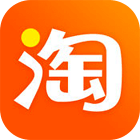
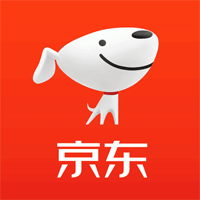





 8710
8710
 9279
9279
 8541
8541
 9239
9239
 8793
8793
 9790
9790
 9688
9688
 10140
10140
 9503
9503
 8219
8219折扣好货实时更新
达人好物推荐
参阅喜友买家评论
晒图分享制作攻略
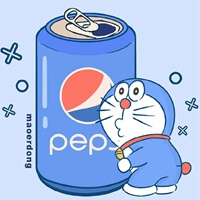 古玩收藏圈
古玩收藏圈